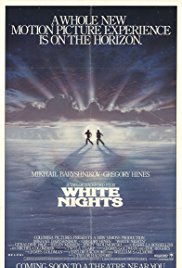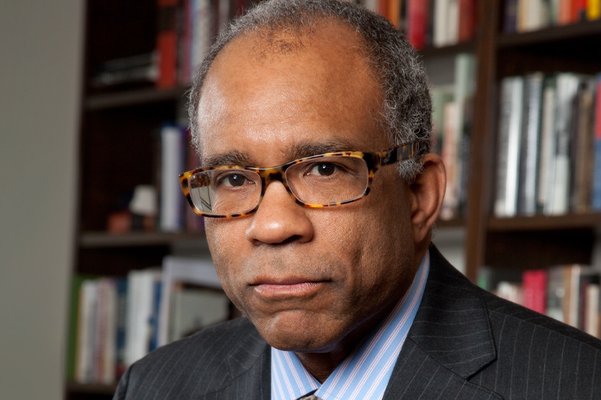1. Standard Questions Suitable for Any Film.
2. Why did Rodchenko’s lady friend decide to stay in the Soviet Union? What would you have done had you been in her position?
Suggested Response:
Defecting to the West was frightening. Success in the West was not guaranteed. The artistic environment in the West, which was virtually free from state control, was different than what artists in the Soviet Union had known. The tastes of audiences in the West might have been different from what audiences in the Soviet Union appreciated. Successful artists in the West already had their networks of friends and admirers. Undoubtedly this woman had the same in the Soviet Union. If she left, all of that would be abandoned and she would have to compete with artists who had been building up networks for decades. Rodchenko (Baryshnikov) was one of the best dancers of the 20th century. His success in the U.S. and Europe didn’t mean that his friend, a set designer or choreographer, would have similar success. Rodchenko’s friend already had success and some status in the Soviet Union. She preferred to continue to work there, even under the restrictions imposed by the government, rather than risk a new career in the West.
In addition, the families and friends of defectors would at least be questioned by the secret police. If it was determined that they had helped the defector or knew about the defection in advance, they would be disgraced and sentenced to long prison terms. For this reason defectors kept their intentions secret. However, in Soviet Russia there was no due process and no rule of law. Therefore, there was no assurance that people who were innocent would be free from punishment. So, defection put the families and friends of the defectors at great risk. Rodchenko was willing to put his friends and family through this. She may not have been.
3. What effect do you think Rodchenko’s smoking had on his dancing?
Suggested Response:
Nothing good. Unfortunately, dancers concerned about their weight often smoke as a way of obtaining oral gratification without eating.
4. If Rodchenko had been such a big star in Russia before he defected to the United States why didn’t the young ballet students know about him?
Suggested Response:
The ability of the Soviet propaganda machine to rewrite internal history was legendary. Rodchenko, having defected to the U.S., became a non-person. The Soviet state didn’t want the young dancers to admire him and possibly to emulate him by defecting to the West. And so they simply erased him. Even though he had been a big star in Russia before he defected, he was not mentioned to young dancers and information about him was deleted from publications and histories.
5. The screenwriters were trying to tell us something with the names that they chose for the male characters in this film. What was it?
Suggested Response:
Greenwood is someone who is naive and unseasoned, just as wood cut from a living tree is unseasoned. Greenwood defected from the U.S. to the Soviet Union naively thinking that he would find a society without racism. In fact, Russian society is very racist and Greenwood was not happy in Russia. Rodchenko is an upstanding and upright man who will not bend to the Soviet system.






